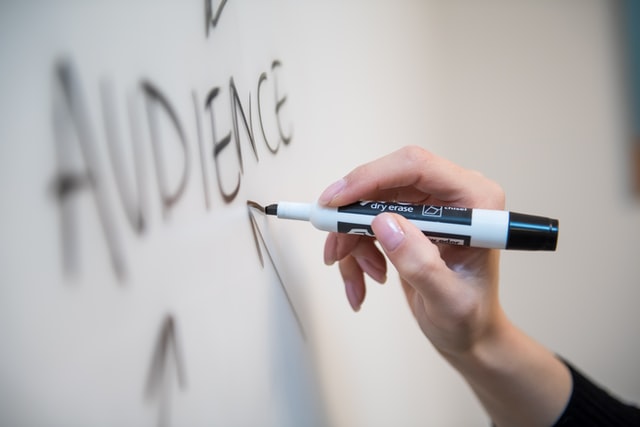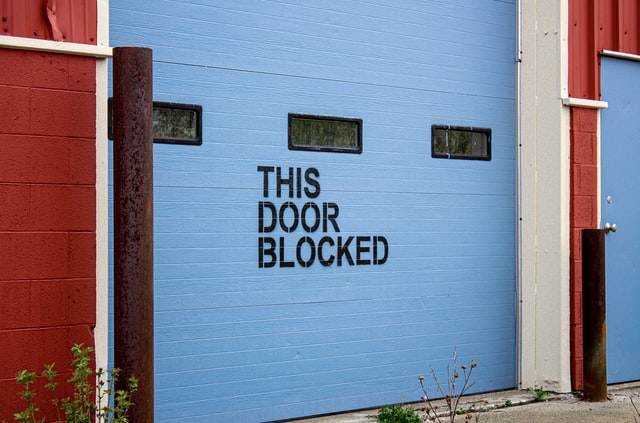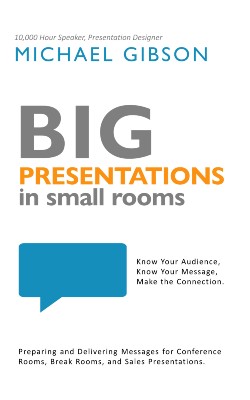You did it! You accepted an opportunity. You prepared and practiced. And you delivered a Big Presentation in a Small Room.
Now what?
Are you done?
It depends.
Proper presentation follow-up can make the difference between success and failure. Wisdom helps determine if and how to follow up.
Here are three things to keep in mind when you complete a presentation.
Consider the purpose.
Consider the audience.
Consider the timing.
PRESENTATION FOLLOW-UP TIP 1: CONSIDER THE PURPOSE
What was the purpose of your presentation?
Were you simply sharing information? Perhaps your responsibility was to provide a clear and accurate summary of project progress or completion. There is an additional question here. What is to be done with that information?
Were you proposing a new idea? In this case, you sought to ensure an understanding of the costs and benefits of the proposal and how the benefits outweighed the costs.
In both scenarios, ask the following questions:
Will you be waiting on a decision that determines future action? How will you receive that decision? Will it happen during the meeting, or will you have to wait for it?
If you must wait for a decision, how will you know how long to wait? At what point should you gently request the needed decision? Follow-up might be required to move forward in your work.
If the questions lead to action, those actions are considered follow-up items.
Were you teaching a new skill? If so, then your success depends on the audience’s ability to implement the content you give them.
In this scenario, ask these questions:
How soon will they be applying this new skill? Immediately? In a few days? In a few weeks?
If it is not immediate, then ask what quick refreshers might be needed when the application happens.
What are some common frustrations when applying this new skill? How can you lessen that frustration? How can you encourage them through it?
How long will it take for this new skill set to become easy? How will you know when the implementation is complete?
When implementation is complete, how can you best celebrate it? The celebration encourages the students and is an effective way to highlight your success in leading them to this point.
If the questions lead to action, those actions are considered presentation follow-up items.

PRESENTATION FOLLOW-UP TIP 2: CONSIDER THE AUDIENCE
The audience determines the approach you take when following up. You know this. I just want to remind you of this fact.
If you follow up with your bosses, the approach will be different from following up with peers. And if you are following up with your employees, the approach will be unique to that situation.
However, there are a few guidelines that apply to all three scenarios.
- Be respectful in ways that feel respectful to the listener. The golden rule says to treat people the way you want to be treated. The platinum rule says to treat others the way they want to be treated. There are, of course, limits to this. But it is a good general rule to follow.
- Be clear. Seek to understand what the audience understands. You might need to read that statement again. It is important. If you do not understand their understanding of the information or the product or the application of a new skill—then you will be unable to clarify misunderstandings.
- Be helpful. As you respectfully and clearly communicate, be aware of needs and be willing to help. The appropriate approach is determined by the audience and whether they are above, beside, or under you in the organization.

PRESENTATION FOLLOW-UP TIP 3: CONSIDER THE TIMING
Timing matters.
This vital truth applies no matter the nature of the relationship. If the information is going up the organizational structure, it matters. If it is going across, it matters. If it is going down, it still matters.
If you are the boss, it is tempting to ignore this reality.
If you are a peer, the same temptation might exist.
Do not give in to it!
If you want the other person to focus and listen. Be aware of the situation. If it is not conducive to listening, wait for a better opportunity. You might not have an option. If that is the case, then be careful to be patient. And realize that the listening is probably distracted. You might have to repeat this information later.
If you are selling an idea, realize that bad timing could kill your idea. It is sad. And it is true.
It would be depressing to know the number of brilliant ideas that failed to receive support because the timing was bad.
If the listener is distracted, wait for a better time. If the listener is in a bad mood, wait. If the listener is busy, wait for less stressful moment.
Know this:
To propose a good idea at a bad time is a bad idea. Presentation follow-up with good timing is a great idea!

PRESENTATION FOLLOW-UP ENCOURAGEMENT
If your presentation requires follow-up, ensure that it happens. Place a reminder on your calendar or an alarm on your phone—or both.
Keep in mind the purpose of the presentation.
Remember the nature and positions of the audience members.
And remember that timing matters.
Wise follow-up could set you apart as a great presenter, especially in situations where follow-up rarely happens. You could be leading the way to a healthier and more productive workplace as you deliver Big Presentations in Small Rooms.
If you want to read more, pick up the book Big Presentations in Small Rooms.
If you like to listen, check out The Big Presentations Podcast.
If you are looking for a community, join The Workplace Presentations Hub.

